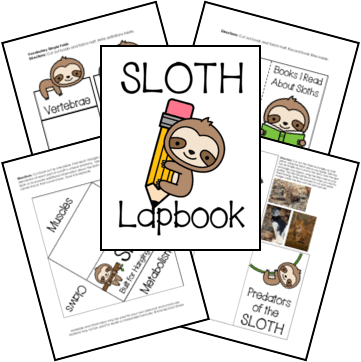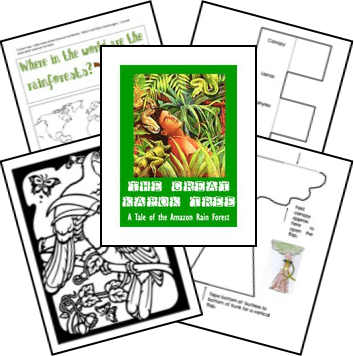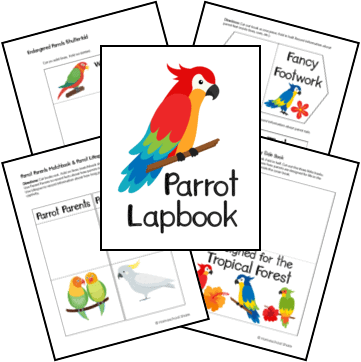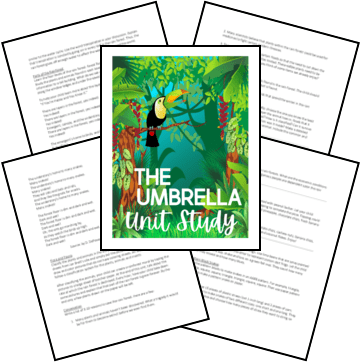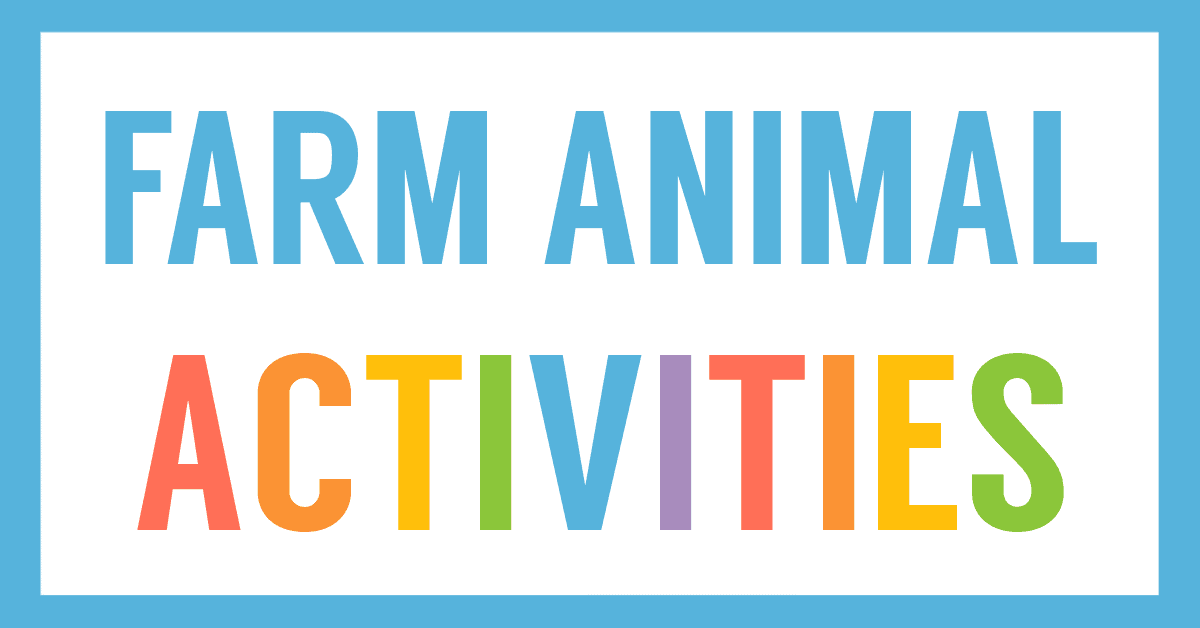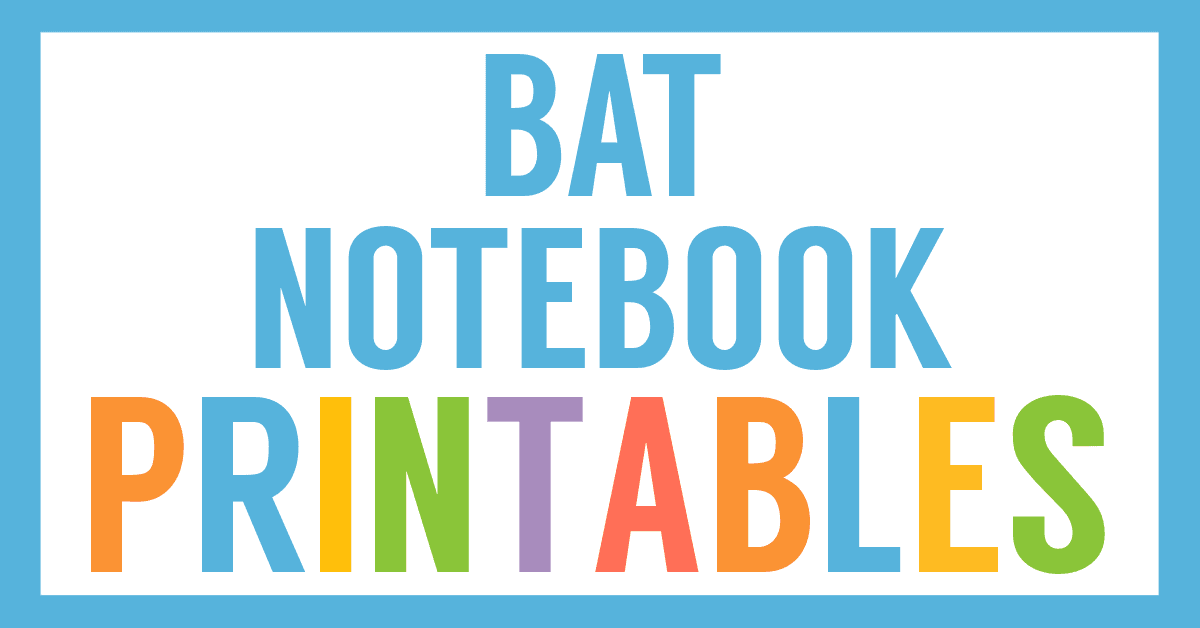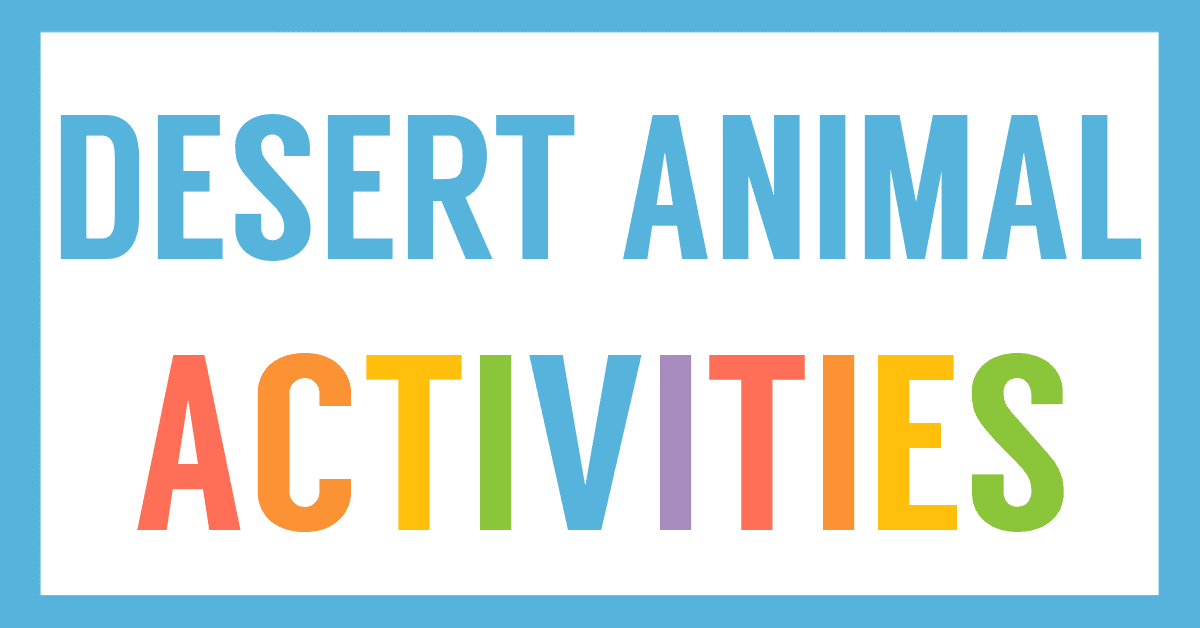Affiliate Disclaimer
We sometimes use affiliate links in our content. This won’t cost you anything, but it helps us to keep the site running. Thanks for your support.
Known for moving slowly and just hanging around in trees, you might expect these creatures to be boring, but this unique animal will surprise you with all of its unique features and abilities.
Grab our free Sloth Lapbook and head to the rainforest for a learning adventure.
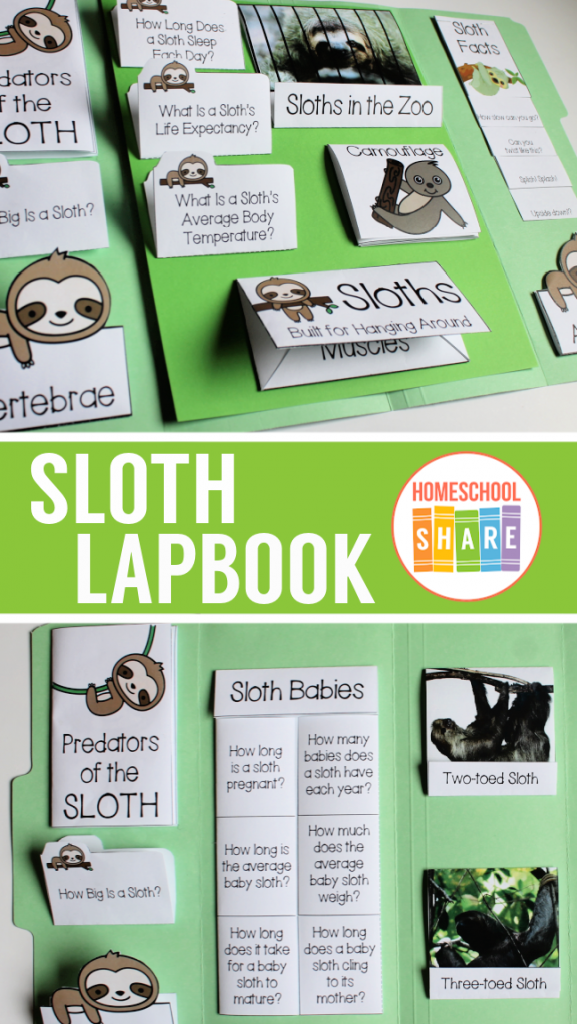
Thanks to Kristina Jackson for creating this animal lapbook.
Sloth Lapbook Information
Here are some sample lessons from the Sloth Lapbook:
Physical Characteristics of the Sloth:
Both males and females are the same in appearance.
They are 21-29 inches long and weigh 9-19 pounds.
Sloths have round, flat faces, small ears and big eyes. Their nose is flat and round, resembling a pig’s snout.
There are 2 curved claws on the front legs of the two-toed sloth and 3 on the front legs of the three-toed Sloth. Both two and three- toed sloths have 3 claws on their hind legs. Their claws are 3-4 inches in length and are used to grasp tree limbs as they climb. The legs of the three-toed sloth are longer than the rear ones. The legs of the two-toed sloth are more similarly sized. The front limbs are very strong.
Three-toed sloths have a small tail. The two-toed sloth does not have a tail at all.
Sloths have dense, shaggy hair. Unlike the hair of other mammals that grows from the back down towards the belly, the sloth’s hair grows from the belly towards the back. This is uniquely suited to their upside down lifestyle and allows the rain water to run off. This top layer of hair is long, very coarse, and grooved. It is brown or gray in color. During the rainy season, they turn a greenish color due to algae living in the groove of their hair. Beneath this top layer of coarse hair is a layer of downy hair that helps to protect the sloth from insects.
Sloths make a long, high-pitched sound. It sounds like aaaaa-eeeee.
Sloth Anatomy:
The sloth has a long tongue, large peg-like teeth and hard, tough lips. It uses its tongue to tug on food and pull it to their mouth. It then tears the food with its lips and grinds it with its teeth.
The sloth’s body temperature is the lowest of all mammals, at 93 degrees. It fluctuates with the temperature of its environment like that of a cold-blooded creature such as a snake. Its body temperature can fluctuate as much as 10 degrees in one day. If our temperature fluctuates even just 5 degrees, it is life threatening.
The stomach of a sloth is compartmentalized, like that of a cow. (See Diet for more information).
Vertebrae are the bones that form the spine. The three-toed sloth has nine neck vertebrae while the two-toed sloth only has six or seven. Most mammals have seven. The extra neck vertebrae of the three-toed sloth allow it to turn its head farther to the right and left than any other mammal.
Sloths are extremely slow due to the anatomy of their limbs. They are unable to stand on their rear legs and walk like most mammals. When on the ground, they must pull themselves slowly along with their front limbs. They are strong climbers and swimmers. When swimming, they use an overarm stroke with their strong front limbs.
Because sloths are so inactive, their muscle mass is much less than that of other mammals. This explains their lower weight and also makes it easier for them to climb on thin branches in the canopy where they can hide more easily.
You can grab a copy of the entire Sloth Lapbook in an easy-to-print file at the end of this post.
Sloth Lapbook Printables
In addition to the research and lessons, the Sloth Lapbook includes these mini-books:
- Sloths: Built for Hanging Around Envelope Fold
- Sloths in the Zoo Matchbook
- Sloth Facts Layer Book
- Predators of the Sloth 3/4 Book
- Sloth Babies Shutterflap Book
- Camouflage T-book
- Two-toed Sloth vs. Three-toed Sloth Split Matchbook
- Layers of the Rainforest Flap Book
- What’s for Dinner? (Sloth Diet) Wheel
- Vocabulary Simple Folds
- Sloth Facts File Folders
- Books I Read About Sloths Simple Fold
- Sloth Copywork
Sloth Lapbook Example
Do you need some ideas to get your creative juices flowing? Here are a few pictures of a Sloth Lapbook sample. This lapbook doesn’t include all of the mini-books, but you can pick and choose the mini-books based on your own student’s needs.
The Sloth Lapbook example is one file folder plus one center extension (a piece of cardstock taped to the center section).
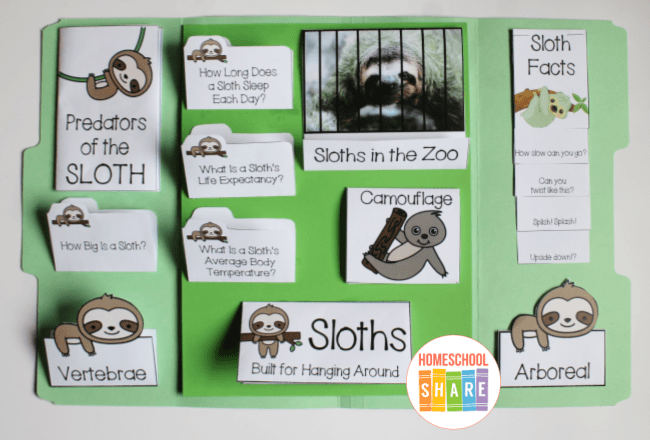
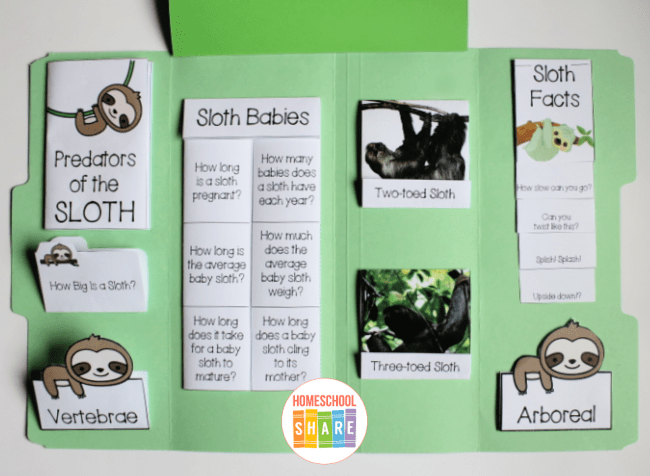
How to Get Started with Your Sloth Lapbook
Follow these simple instructions to get started with the Sloth Lapbook.
- If you want, go to your local library and check out books about sloths.
- Print the Sloth Lapbook.
- Choose and prepare the mini-books you want to use with your student.
- Enjoy a week of reading and learning all about sloths!
Download Your Sloth Lapbook
Simply click on the image below to access your free Sloth Lapbook.
Explore Our Other Rainforest Resources
Learn more about the rainforest with these printable resources.

